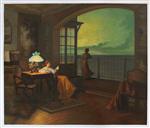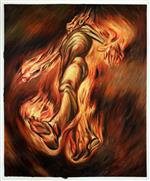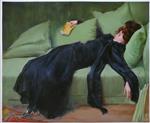
-
Various Artists
oil paintings for sale
-
The Lute Player by Orazio Gentileschi - PaintingMania.com offers affordable 100% high quality hand-painted oil paintings at wholesale prices, including all kinds of oil paintings - famous paintings reproductions, portrait, Figure, landscape, flower, animal, classical, impressionism, nude, Realistic, abstract, deco, modern and more. Custom canvas art framing available.
�������������������������������������������������������������������������������������������������
Other paintings by This Category:

Two Women on Veranda Overlooking the Sea by Marcel Rieder

Man of Fire (El Fuego) by Jose Clemente Orozco

Bajarmaland by Viktor Vasnetsov

Decadent Young Woman. After the Dance by Ramon Casas